Sigma 50/1.4 (for 4/3) Review
After my previous good experiences with the Sigma 30/1.4, I felt I needed a longer lens for portraits. A while ago I had bought the Olympus 50-200mm lens, which was very good quality, but which I felt was a bit long for portraits. I found that I ended up using it at 50mm most of the time; furthermore, I do mostly outdoor portraits, and when taking pictures against a busy background, the bokeh can be distracting. I picked the Sigma 50mm over the Olympus 50mm because I was looking for the creamy bokeh which the Sigma is famous for.
This review was written with my Olympus E-620 camera in mind, although there should be few differences when used on other bodies.
Most of these impressions have been from a wedding I partially shot with this lens; while it performed very well there, I am not yet able to put up any shots. I hope to soon update this review to include some real-life pictures. For now you will just have to be content with the test shots.
Bokeh
The reason I went with this lens is that it has very smooth bokeh, and I was definitely not disappointed here. Many of my portraits are outdoors, and busy backgrounds can sometimes not be avoided. While this can be a problem with the 50-200 (which I sadly had to sell to finance this lens), the Sigma handles this much better; even busy sticks and grass are rendered very smoothly.
One example of the bokeh is below. Of course it was a closeup (and so has thinner DOF than normal portraits would), but it was shot at f/4.0. Regardless, you can see the smooth bokeh which is characteristic of this lens.
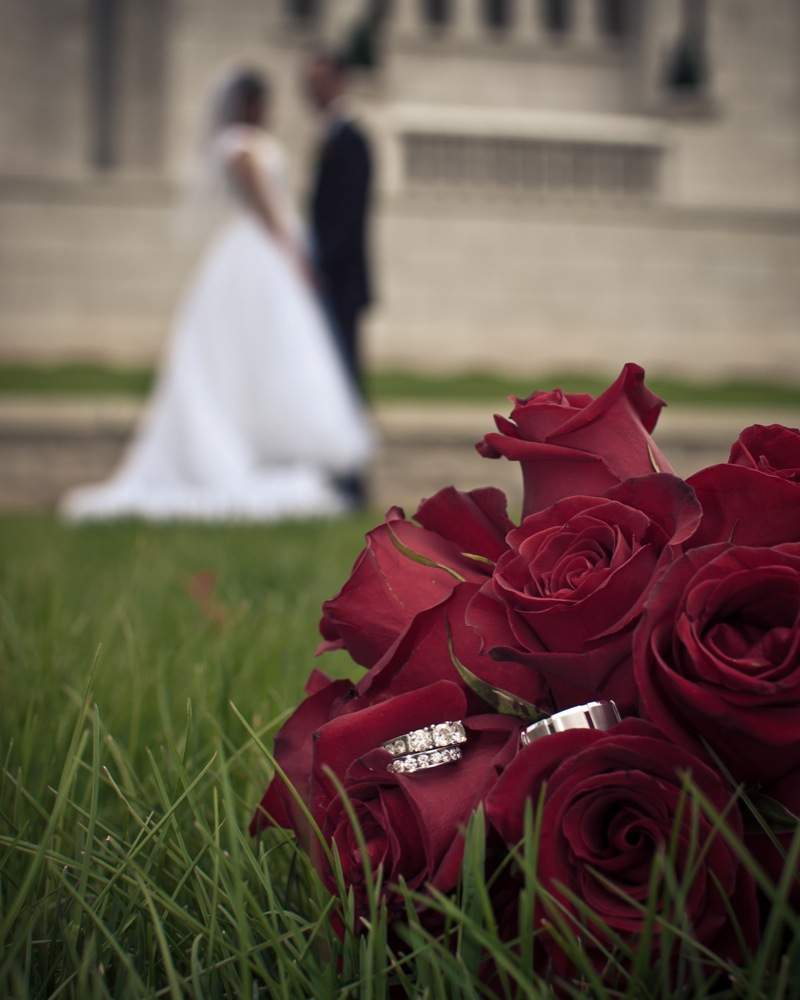
A more traditional portrait is included below. This one was shot at f/2.8; as you can see from the scale, I was a fair distance away. Even here, although the background is not blurred into oblivion, you can still see a distinct separation between foreground and background. If my shutter could go to 1/8000 of a second, I probably could have gotten to f/1.4. Oh well, maybe next time ;-)
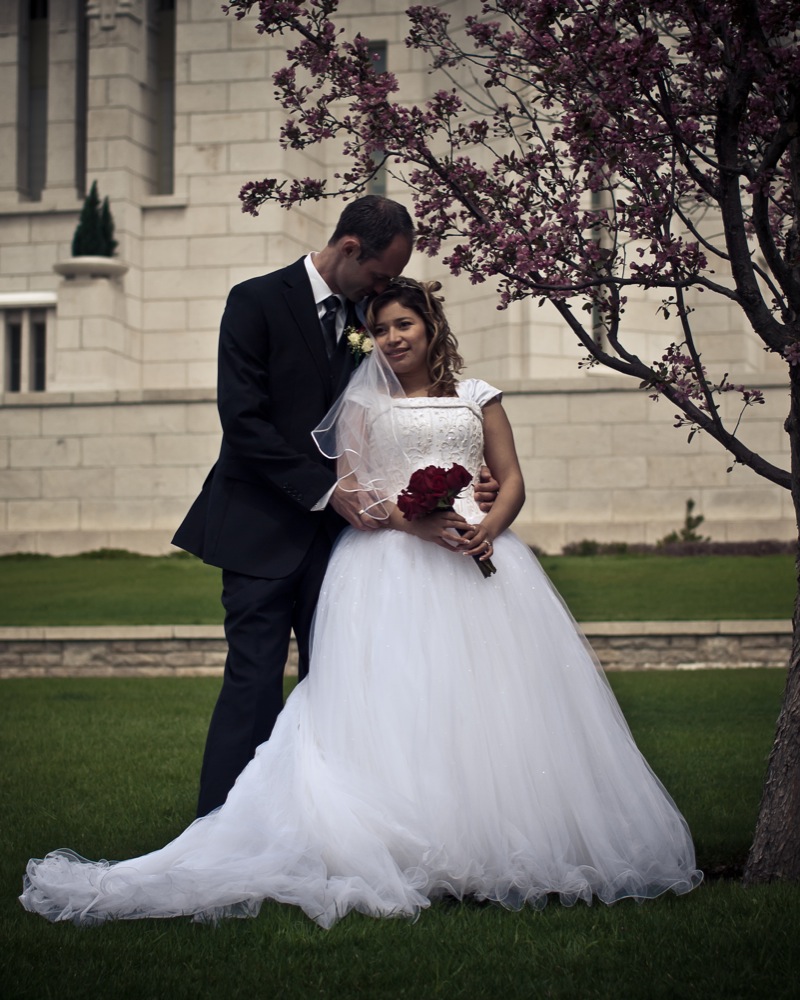
Sharpness
An added benefit to this is the sharpness of this lens. It is at least as sharp as my 14-54, and unless I am mistaken I think that it may even be a bit sharper (although I have not shot any test charts in controlled situations to verify this, that is at least my impression.) It is definitely sharper than the Sigma 30 at identical focal lengths. At f/1.4 it is soft, but not unusable, especially for portraits. It sharpens up quickly, and is very good from f/2.0 on. When shooting high contrast items, it lacks a bit of contrast at f/1.4 but this also quickly improves.
Below are some test shots from different lenses. In cases where the focal length differs, I moved the camera to try to frame the subject in the same way (to ensure that no upscaling would be required). The tested lenses include the Sigma 50, Sigma 30, and Zuiko Digital 14-54 Mk I. All shots were manually focused using a tripod and 10x live view to ensure consistency. All shots are 100% crops.
As the next photos show, both of these lenses are slightly soft and lacking contrast at f/1.4. However, for portraits these are perfectly usable.
Sigma 50 @ f/1.4:

Sigma 30 @ f/1.4:

By f/2.0 they both have sharpened and increased contrast considerably, but the 50mm has noticeably pulled ahead:
Sigma 50 @ f/2.0:

Sigma 30 @ f/2.0:

By the time we get to f/2.8 (the closest to the 14-54's max aperture, rounding down to give the 14-54 the benefit of the doubt), the Sigma has pulled far ahead:
Sigma 50 @ f/2.8:
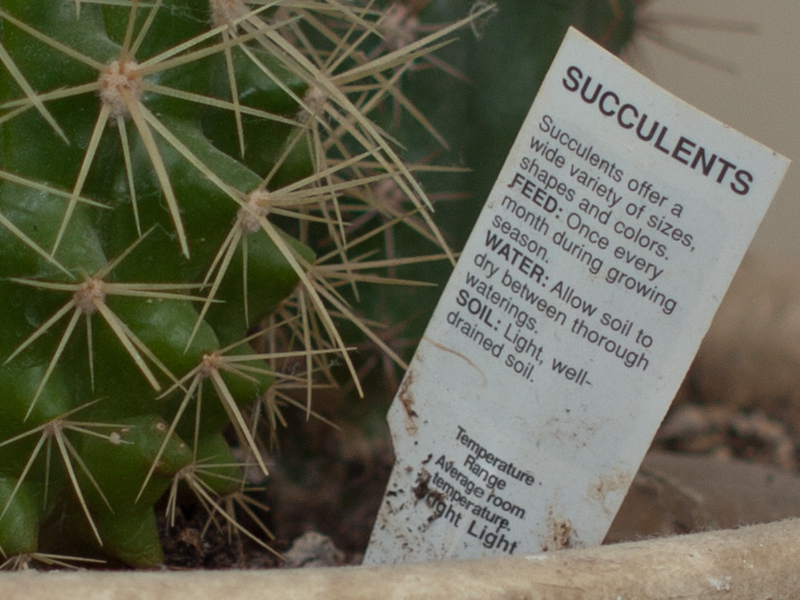
Olympus 14-54 @ 54mm, f/3.5:
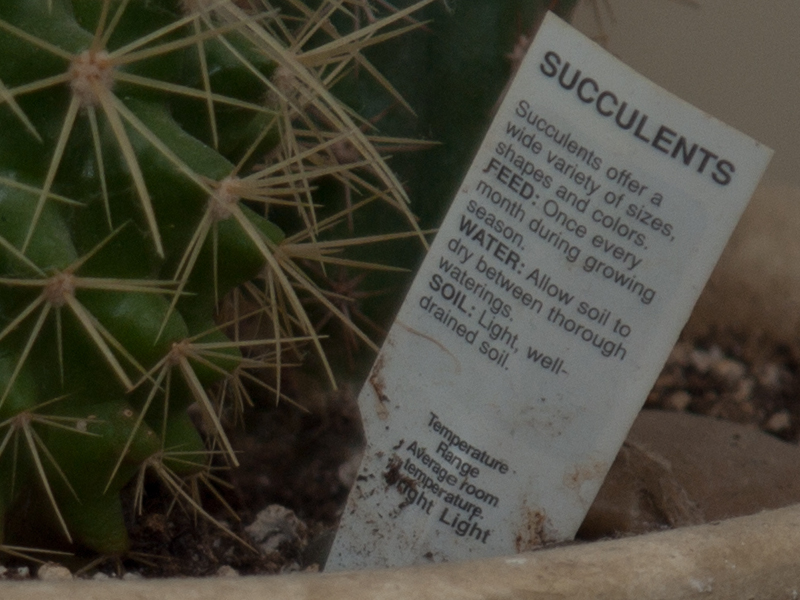
Sharpness and contrast seem to max out somewhere between f/4.0 and f/5.6; for portraits you probably wouldn't want to go higher than this anyway. At this setting, it seems to be pretty much the same as the Olympus 14-54.
Sigma 50 @ f/5.6:
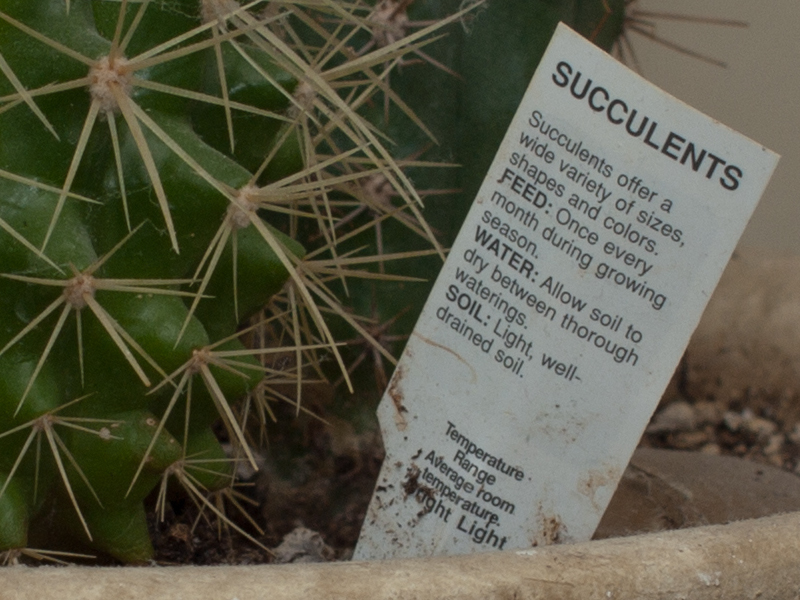
Olympus 14-54 @ 54mm, f/5.6:

Chromatic Aberrations
Like any lens, it has some drawbacks. The first which I would like mention is the chromatic abberations. This lens seems to have fairly high CA, at least on high contrast borders (edges between white and black for instance). This is quite easily removed in PP software, so I don't consider this a major hurdle. It also has a bit of bokeh CA behind (green) and in front of (red) the focal plane. This can be seen in the f/1.4 sample above. While it is a bit more difficult to remove, it is only occurs in certain situations with high contrast bokeh, and even then it is not too noticeable.
Focus Speed
The other downside (at least on the 620; I understand that E-3 and E-30 are faster) is focus speed. It takes about 1.5 seconds to go from a near focus target to a distant one. I would not want to use this lens for sports or fast moving subjects. Luckily, I bought it with the sole intent of portraiture, and for this purpose it is perfectly fast enough.Focus Accuracy
I have had no problems with this lens as far as AF accuracy goes. It did not appear to need any AF adjustments, and while it may take a second or so to lock, it does lock eventually. Even in somewhat lower light it seems to lock correctly, although it will take longer to do so (I think this is due to the 620, not the lens itself).